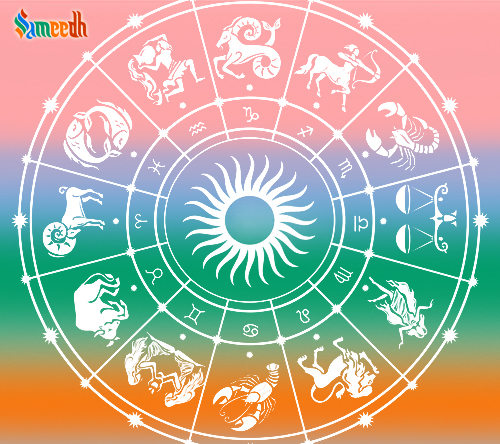The serpent around the neck of Lord Shiv is a common and iconic symbol in Hindu iconography. This serpent is known as Vasuki or Nagendra, and its presence is laden with symbolism.

The depiction of Lord Shiv with a serpent around his neck is often seen in various forms, including images, sculptures, and paintings. Here are some key aspects associated with the serpent around Lord Shiv’s neck:
- Vasuki, the Serpent King: The serpent around Shiv’s neck is typically identified as Vasuki, the king of serpents in Hindu mythology. According to mythological stories, Vasuki played a crucial role during the churning of the ocean (Samudra Manthan) by the Devas (celestial beings) and Asuras (demons) to obtain the nectar of immortality (amrita).
- Symbol of Lordship: The serpent around Shiv’s neck symbolizes his lordship over the animal kingdom, particularly serpents. It is a demonstration of Shiv’s divine authority and mastery over all living beings.
- Adornment and Aesthetics: The serpent is not only a symbol of power but also serves as an adornment for Lord Shiv. It adds to the aesthetic and symbolic richness of his iconic representation. The coiled serpent around his neck creates a visual balance and is an integral part of his divine appearance.
- Spiritual Symbolism: The serpent is often associated with Kundalini energy in Hinduism. Kundalini is believed to be a dormant spiritual energy coiled at the base of the spine. The presence of the serpent around Shiva’s neck can be seen as a representation of the controlled and awakened Kundalini energy, signifying spiritual transformation and enlightenment.
- Connection to Poison: In some stories, Shiv is depicted with a blue throat, which is a result of him consuming the poison (halahala) that emerged during the churning of the ocean. The serpent is said to have coiled around Shiv’s neck to prevent the poison from spreading and harming him. This act earned Shiv the epithet “Neelakanth” or the blue-throated one.
In summary, the serpent around Lord Shiv’s neck, usually identified as Vasuki, carries multiple layers of symbolism, representing lordship, aesthetic adornment, control over spiritual energy, and the transformative act of consuming the cosmic poison. The imagery is deeply rooted in Hindu mythology and serves as a visual reminder of Shiv’s multifaceted divine attributes.
